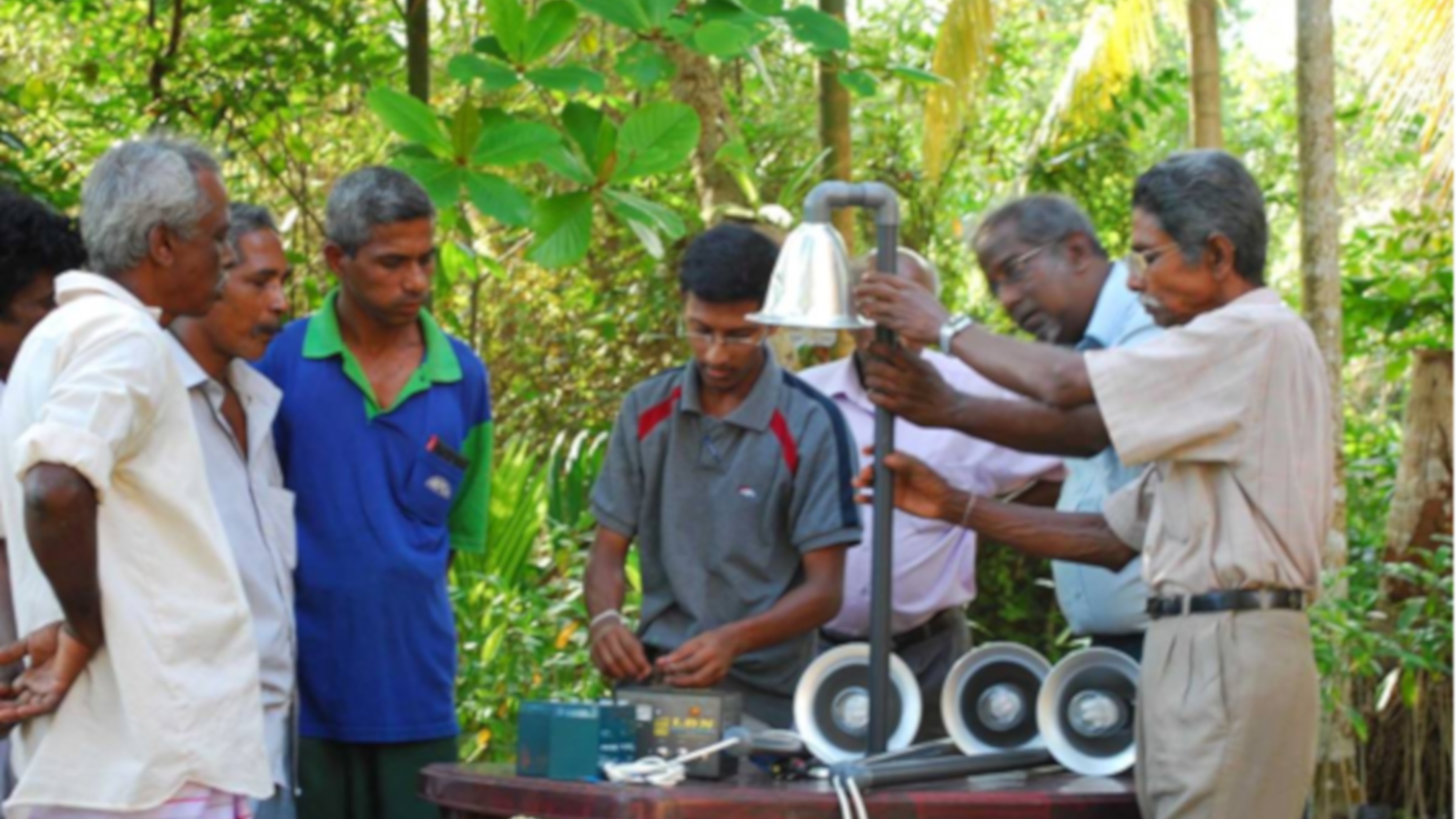Lighting Sri Lanka’s Future

The initiative converts widely used traditional kerosene lanterns into solar-powered LED lighting systems. These can be used by children to study at night and by night fishermen. The lamp’s design is unique as it is powered by a rechargeable 12 volt 4-6 Amp seal lead acid battery, with a 3 year lifespan and provides 30 hours of improved luminosity. The affordable lanterns can be charged on the grid or via solar panels and are cheaper than kerosene lanterns, making it attractive to locals needing to cut household costs. The amount of money invested in kerosene consumes up to 30% of the fishermen’s income. Besides the lamps provide bright, clean light and withstand wind and water spillage. They are easy to maintain, less labour intensive and less of a fire risk than traditional kerosene lamps.
- Contributing to the development of children and their education by providing better and more efficient lighting.
- Reducing the health risks for users as there is no smoke and fumes.
- Contributing to climate change mitigation through reduced carbon through reduced carbon emissions.
- Improving the efficiency of income generating and livelihood activities by providing better and longer lighting than kerosene lamps.
- Providing a less labour intensive and safer solution than traditional kerosene lamps.
Partners
Nagenahiru Foundation, a non-profit NGO established in 1991, is responsible for the project management, coordination with partners, monitoring and evaluation.
Global Nature Fund (GNF) coordinates and consults with Nagenahiru on mangrove restoration and solar-powered lamps.
Sri Lanka Sustainable Energy Authority (SRSEA) is a government organisation that supportsNagenahiru with technical knowledge and conducts research studies.
